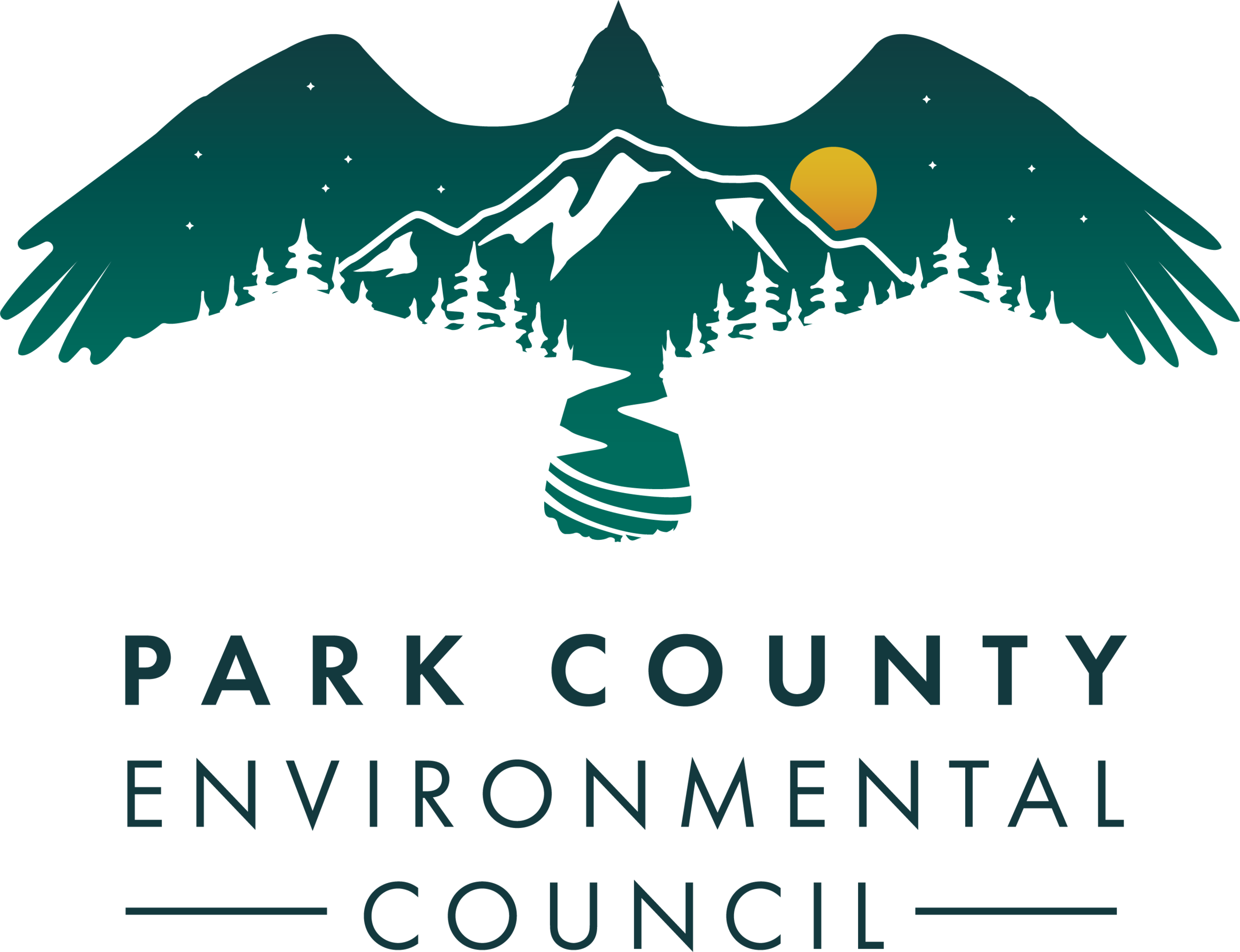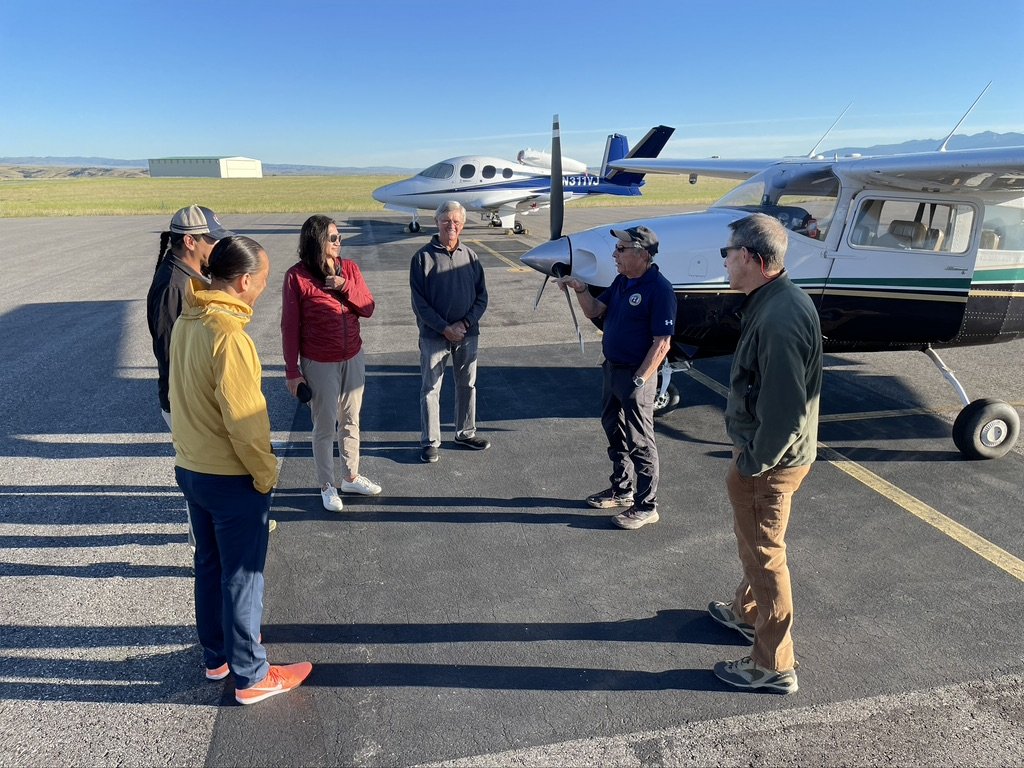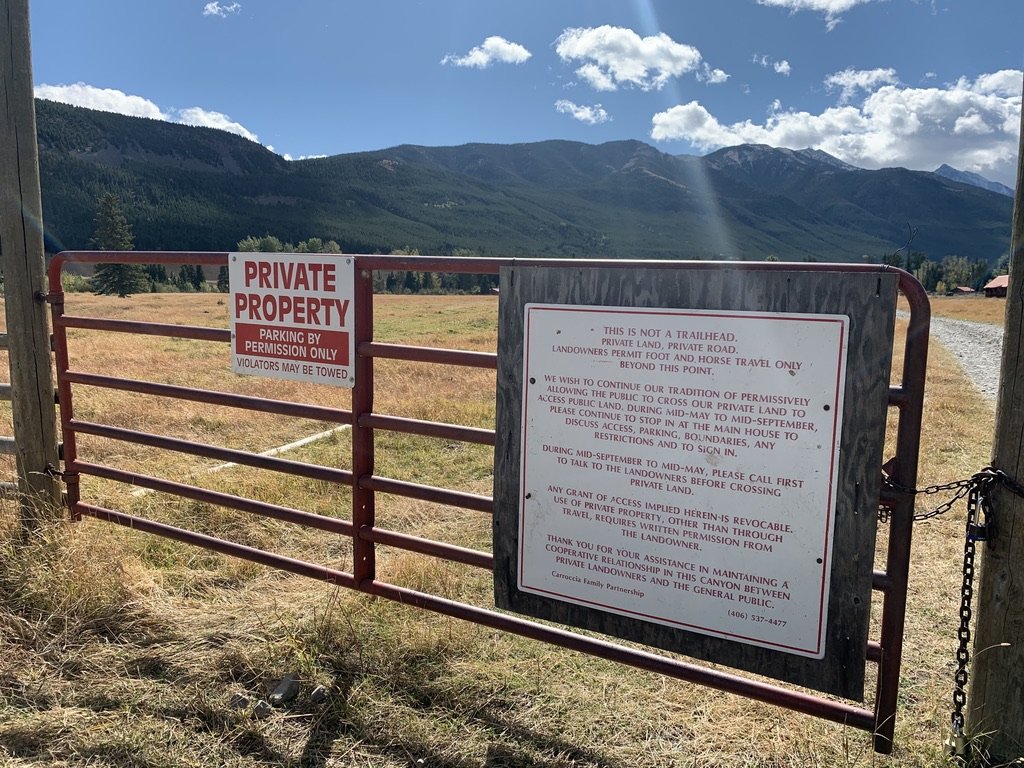Please comment on the East Crazy Inspiration Divide Land Exchange
Sweetgrass Drainage from the air. Photo Credit Erik Petersen
On November 9th, the Custer Gallatin National Forest released the Preliminary Environmental Assessment East Crazy Inspiration Divide Land Exchange (EA), and is accepting public comment on the proposal until December 23rd.
The Forest Service hosted two public meetings on November 15th in Bozeman and November 16th in Big Timber to share information and answer questions about the EA. PCEC attended both, and heard a wide range of feedback and questions from the two meetings.
We strongly urge you to take the time to review the preliminary EA for yourself and make a public comment through the Forest Service portal. This land exchange will impact the landscape and our communities forever. It’s a rare and important moment to be involved and add your voice to the discussion. To assist you in this process, we’ve added some of our initial thoughts below.
Forest Supervisor Mary Erickson speaking at Public Meeting in Bozeman
PCEC has long been a local advocate for the Crazy Mountains, or as we refer to them locally, the Crazies; in fact, our organization’s original name was Crazy Paradise, reflecting our regard for the importance of the mountain range for Park County.
The legacy of checkerboard land ownership is on full display in the Crazy Mountains. A majority of the odd numbered sections in the interior of the range are still privately owned. This has not only created a history of conflict over land management and public access, but also makes the Crazy Mountains a particularly vulnerable landscape to development in our growing corner of Montana.
At PCEC, our long term vision for the Crazy Mountains is a consolidated and contiguous public landscape with secured public access and permanent designation of the national forest lands. We aim to protect the wilderness character, biodiversity, habitat connectivity, cultural sites and open working landscapes of the range and its surrounding river valleys. We’ve been generating momentum towards our long term conservation goals through building local relationships and participating in the discussions with diverse members of our community for more than 7 years.
Community members gather to discuss challenges in the Crazy Mountains prior to getting an aerial view of the range from our friends at Ecoflight
There are several reasons to advance the land exchange. It’s an improvement over the existing contentious situation, and resolves long-standing public access disputes. It is also a once in a lifetime opportunity to resolve some of the problematic checkerboard land policies put in place over 150 years ago. We are supportive of the Forest Service and their efforts to collaborate with area landowners and other diverse interests to consolidate federal land and resolve longstanding access issues. The benefits of the land exchange include:
Consolidates roughly 30 square miles of checkerboard ownership into a contiguous public landscape providing more effective and efficient management and protection of Federal lands in the Crazy Mountains. Long-term protection in the Crazies needs to first address and find practical solutions to the checkerboard land ownership that currently defines that area.
Conserves wildlife connectivity and protects key habitat by converting 10 sections of private land on the interior of the range to the Forest Service and reduces the potential for development in the backcountry. Without land use planning in Park and Sweet Grass Counties, private lands remain vulnerable to development.
There is a net gain of federal lands that will be added to the Inventoried Roadless Area, Backcountry Area and South Crazy Recommended Wilderness Area. These lands will be managed “to preserve and enhance the quiet, undeveloped, unroaded characteristics”.
Protects Indigenous sacred and ceremonial sites, honors treaty obligations and requires ongoing consultation with tribes for lands that would be transferred to the Forest Service.
Resolves long-standing public access and land use disputes by relocating the historic East Trunk Trail to primarily consolidated public land. The new 22 mile “Sweet Trunk Trail” would be constructed and funded by the participating landowners and would connect to other national forest system trails, offering the opportunity for a 40-mile backcountry loop.
Landowners have said they will continue to allow permissive access from the east side via Rein Lane and Sweetgrass Road #900.
However, PCEC has a few fundamental concerns with the preliminary EA that need to be addressed prior to the draft decision. This land exchange represents an extremely rare opportunity to have willing landowners, the Forest Service and many diverse interests engaging on an issue important to Montanans. It will impact the landscape, wildlife and our communities forever. How the Forest Service proceeds could be a model for handling land use conflict, or not, but we urge the Agency to thoughtfully consider the comments, the science, and the cultural studies to make the best possible decision for people and wildlife. Our biggest concerns are as follows:
Voluntary deed restrictions, or conservation easements, to preclude all mineral development and mining, as well as preclude industrial, commercial and residential development should be placed on lands conveyed from public to private ownership. This should be a condition of closing the land exchange like it was in the South Crazy Mountains Land Exchange. If voluntary measures are not agreed to, the Forest Service should place land use restrictions on wetlands, habitat and cultural sites prior to exchanging the land.
The Forest Service should reserve public and administrative access on sections 7, 8 and 10 in Sweetgrass drainage to maintain the status quo.
The Crazy Mountains are native lands. Several Indigenous Peoples, including but not limited to the Crow, Salish, Cheyenne, Sioux, and Blackfeet have been historically and are still connected to this landscape, so engagement, consultation and co-management should include all regional Indigenous nations that identify as being connected.
Since the CGNF opened public comment and held public meetings prior to the completion of the EA the public needs another opportunity for engagement once the environmental analysis is complete.
The impacts of the land exchange and a new trail through previously unfragmented land should be thoroughly analyzed with a full Environmental Impact Statement.
The Sweet Trunk trail reroute will create a public trail to access Sweetgrass Creek.
To assist you with your comments and answer any questions, join us for an Online Community Conversation, Tuesday, December 13th at 12:00PM noon on Zoom. Register HERE to participate.
If you have any questions or or would like to discuss your ideas or concerns in the meantime, please do not hesitate to reach out to me, Erica Lighthiser via email at erica@pcecmt.org or phone 406.224.0749. Otherwise, we look forward to seeing you on December 13th.






